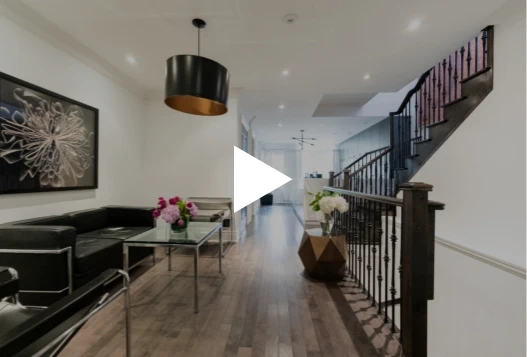By Jerome Edelstein, MD
Understanding why an individual’s breasts look the way they do — and how breast augmentation and implants work to alter their appearance — has a lot to do with their musculature. The muscles that underlie the breasts are extremely important in breast augmentation and knowing a bit about them helps to clarify how the procedure will be performed.
Breast Musculature
Muscles cover the wall of the chest below the breast, serving to allow for body movement and blood circulation. The breast musculature is made up of four groups of muscles: the pectoralis major, serratus anterior, external oblique and rectus abdominis muscles. The tissue of the breast connects with these muscles in order to receive a continuous blood flow, allowing Plastic Surgeons to easily use surgical methods that alter the breasts without substantial complications or risk.
Pectoralis major
The pectoralis major is a broad muscle that runs from the medial clavicle and lateral sternum to the humerus and allows for adduction (drawing in toward the axis of the body), flexing and arm rotation. This muscle covers the upper 2/3 of the breast implant, keeping it safe from exposure and providing extra tissue between the implant and the skin that decreases the implant from being easily felt or seen.
Implants are often placed beneath the pectoralis major, but this surgical choice can make them noticeable when the muscle contracts. Surgeons often release the pectoralis major muscle from its minor attachments to the ribs to help stop this from happening. Doing so also allows for the implant to be positioned lower and creates a better visual result.
SERRATUS ANTERIOR, RECTUS ABDOMINIS, AND EXTERNAL OBLIQUE
When performing breast reconstruction (but not cosmetic breast augmentation) surgeons elevate the serratus, rectus, and external oblique, along with the pectoralis major muscle, in order to help properly cover the implant with as much muscle as possible.
The serratus anterior is also a broad muscle and runs along the chest wall, beginning at the upper borders of the first to eighth ribs and ending at the scapula (shoulder blades). This muscle is responsible for raising the shoulder, rotating the scapula and drawing the scapula forward. The serratus anterior is important to breast surgery because it lies under the outer aspect of the breast.
The rectus abdominis muscle is a long muscle that runs vertically along the abdomen (it’s the “six-pack” muscle) from the ribs, down to the pubic area, and works to allow for spinal flexing and abdominal compression. It marks the lower border of the breast.
The external oblique is another broad muscle that runs from the abdomen (beginning from the lower eight ribs) to the chest wall. It allows the spine to rotate and flex, the abdomen to compress and the ribs to depress.
